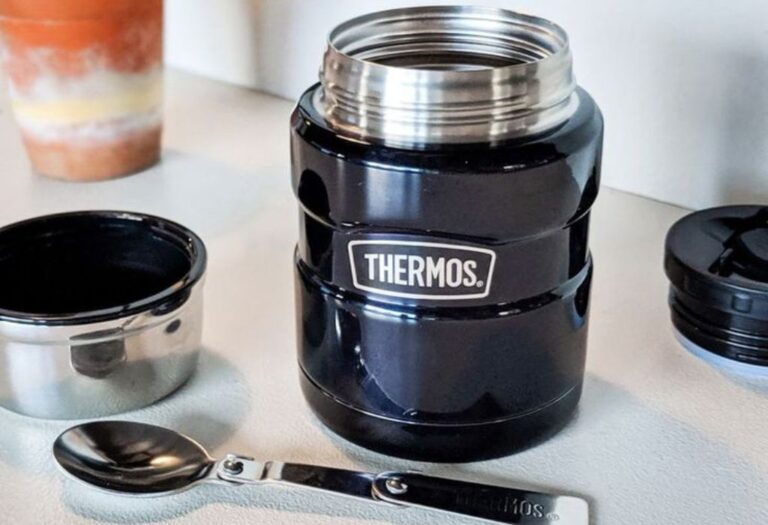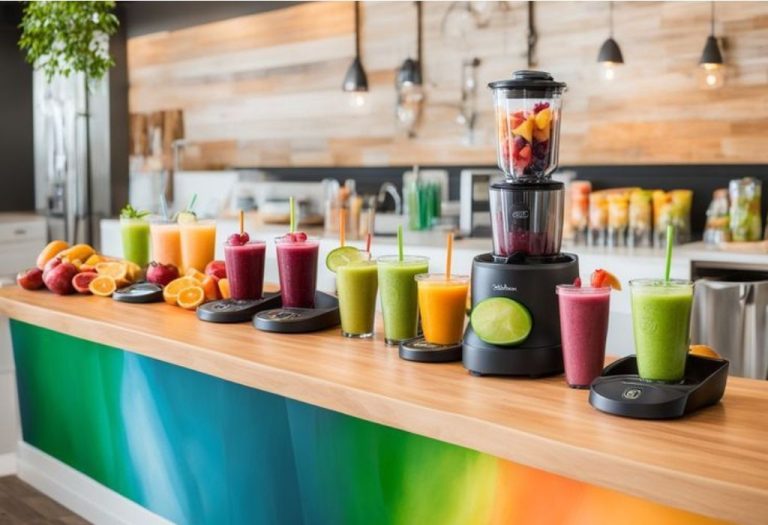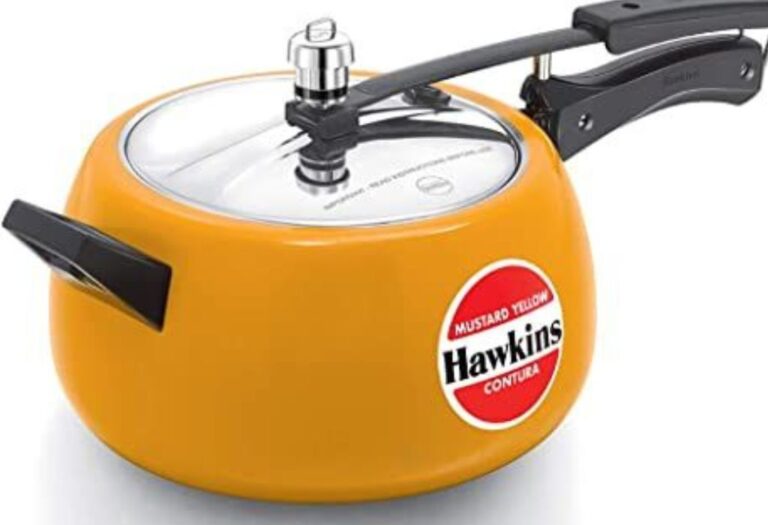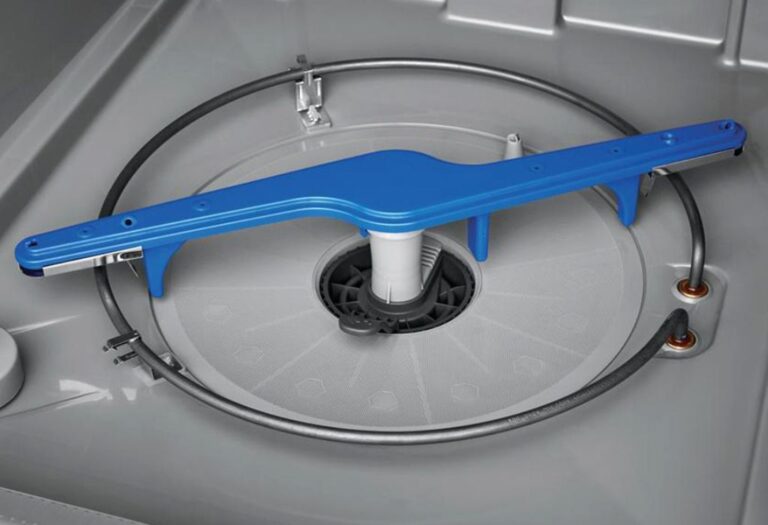The kitchen smelled of fresh bread, sizzling meat, and spices in the air. It looked perfect — until the inspector’s thermometer revealed chicken stored at a dangerous temperature.
Every year, the CDC reports that 48 million Americans suffer from foodborne illnesses. Many of these cases start in kitchens that look clean but fail basic food safety rules.
Passing a food safety test isn’t just about avoiding penalties. It’s about protecting health, building trust, and keeping your reputation intact. In this guide, you’ll discover 10 key areas every kitchen must pass to meet safety standards — whether you’re running a busy restaurant or cooking at home.
Why Food Safety Tests Matter
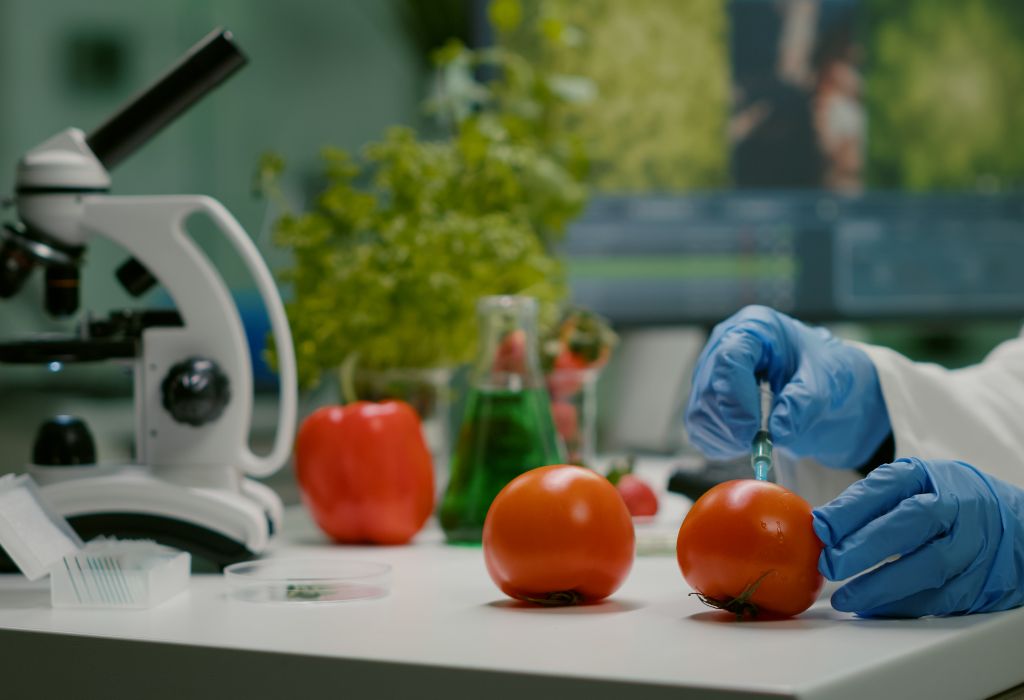
Failing a food safety test can lead to more than embarrassment. It can result in legal action, fines, temporary closures, and a loss of customer trust.
For restaurants, even one bad inspection report can spread online within hours, damaging years of hard work. For home cooks, unsafe practices can cause illness for friends and family.
According to the National Restaurant Association, following food safety protocols can reduce the risk of contamination by up to 80%.
1. Personal Hygiene Practices
A spotless kitchen means little if the people in it are spreading germs. Hand hygiene is the first defense against contamination.
- Wash hands for at least 20 seconds before handling food.
- Wear gloves when touching ready-to-eat items.
- Keep nails trimmed and avoid wearing rings while cooking.
Why it matters: Hands carry bacteria from raw meat, surfaces, and even phones to the food being prepared. Proper hygiene reduces the spread of pathogens like Salmonella and E. coli.
What inspectors check:
- Presence of a designated handwashing sink.
- Use of soap, warm water, and disposable towels.
2. Proper Food Storage Temperatures
Temperature control is critical to prevent bacterial growth. Cold foods must stay below 40°F (4°C) and hot foods above 140°F (60°C).
- Use calibrated thermometers in refrigerators and freezers.
- Store raw meat in sealed containers on the bottom shelf.
- Avoid overpacking refrigerators to allow air circulation.
Why it matters: The “danger zone” (40–140°F) is where bacteria multiply rapidly, doubling in as little as 20 minutes.
3. Avoiding Cross-Contamination
Cross-contamination happens when harmful bacteria transfer from one surface or food to another.
- Use color-coded cutting boards (red for meat, green for vegetables, etc.).
- Wash utensils and boards in hot, soapy water after each use.
- Store cooked and raw foods separately.
Example: A raw chicken breast on the same board as lettuce without cleaning in between can spread Campylobacter or Salmonella.
4. Cooking Food to Safe Temperatures

Even fresh ingredients can harbor bacteria. Proper cooking destroys these harmful microorganisms.
- Poultry: 165°F (74°C).
- Ground meats: 160°F (71°C).
- Fish: 145°F (63°C).
Use a digital thermometer for accuracy. Visual cues alone are unreliable — meat can appear cooked before reaching safe internal temperatures.
5. Clean and Sanitize Work Surfaces
Cleaning removes dirt; sanitizing kills germs. Both steps are necessary.
- Wipe counters with hot, soapy water after use.
- Apply a food-safe sanitizer and let it air-dry.
- Clean high-touch areas like refrigerator handles frequently.
Why it matters: Bacteria like norovirus can survive for days on hard surfaces.
6. Proper Dishwashing Practices
Dishwashing is more than just rinsing plates. Restaurants often use a three-compartment sink system: wash, rinse, sanitize.
- Wash in hot water with detergent.
- Rinse with clean water.
- Sanitize with an approved chemical or hot water (at least 171°F).
For commercial dishwashers, the sanitizing rinse must reach 180°F.
7. Pest Control Measures
Pests are a red flag for inspectors. They carry diseases and contaminate food.
- Seal cracks and gaps in walls and floors.
- Store food in pest-proof containers.
- Schedule monthly pest inspections.
Signs inspectors look for: Droppings, chew marks, and live insects.
8. Waste Management
Improper waste handling attracts pests and creates odor problems.
- Keep garbage bins covered.
- Empty trash daily.
- Clean and sanitize bins weekly.
Pro tip: Use foot-pedal bins to avoid hand contact.
9. Staff Training and Certification

Well-trained staff are the backbone of food safety.
- Provide food handler certification courses.
- Conduct refresher training every six months.
- Keep written safety procedures in the kitchen.
Why it matters: A single untrained employee can cause a violation that shuts down operations.
10. Emergency Preparedness
Even with the best practices, accidents happen. Having a plan minimizes risk.
- Know how to respond to contamination incidents.
- Keep emergency contact numbers visible.
- Have a recall procedure for unsafe products.
How to Self-Audit Your Kitchen
Before the official inspector arrives, perform your own check.
- Create a 10-point checklist based on the steps above.
- Schedule inspections monthly.
- Fix small issues immediately before they grow.
Conclusion
A kitchen that passes a food safety test is more than compliant — it’s a place where people can eat with confidence. Whether you cook for customers or family, applying these 10 checks protects health, reputation, and peace of mind.
So, can your kitchen pass the food safety test today? Start with one change, and you’ll be closer to a safer kitchen by tonight.
FAQs
What is the most common reason kitchens fail a food safety test?
Improper food storage temperatures are the leading cause of failures.
How often should I inspect my kitchen for safety?
Commercial kitchens should perform checks daily; home kitchens at least monthly.
Do I need a food safety certificate for a home-based food business?
Yes, most local health departments require certification.
Can visual inspection alone ensure food safety?
No, tools like thermometers are essential for accuracy.
What happens if I fail a food safety test?
You may face fines, required retraining, or temporary closure until issues are resolved.
I’m Emma J. Caldwell, the founder, lead writer, and home-cooking enthusiast behind KitchenGuideCo.com. With a background in culinary arts and over a decade of cooking experience in both professional and personal kitchens, I created this platform to demystify recipes, offer smart kitchen gadget reviews, and guide readers through meal prep with confidence and clarity.


